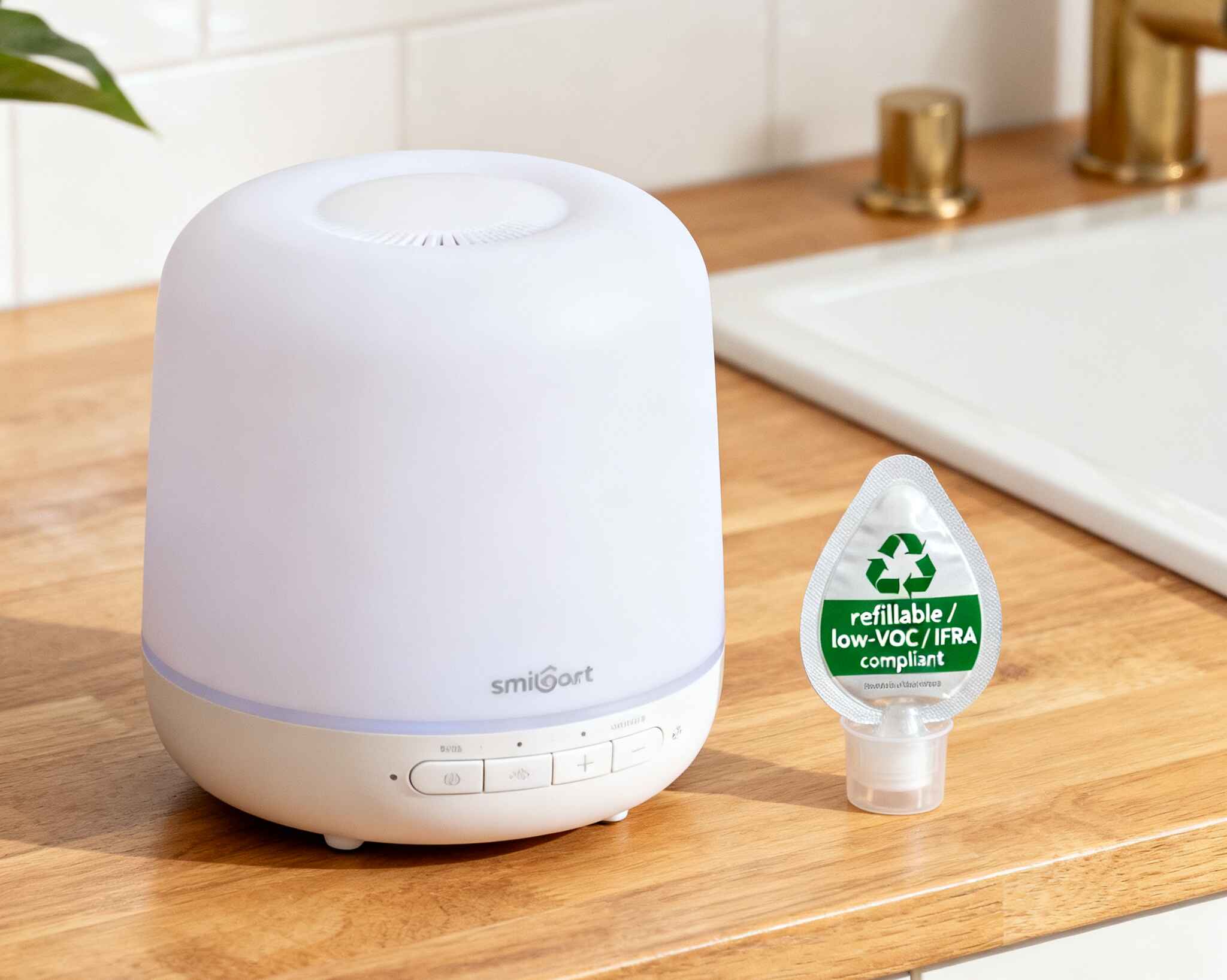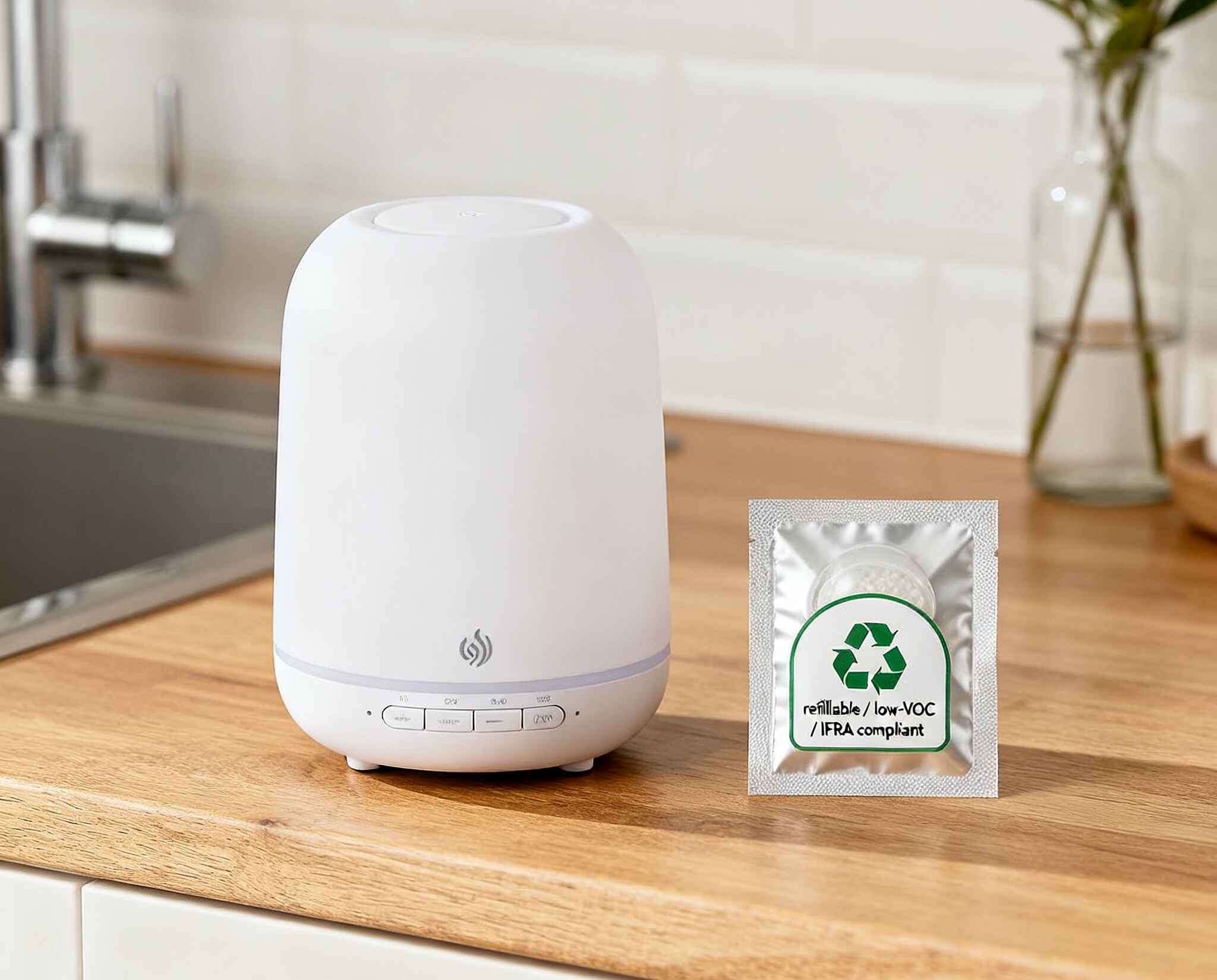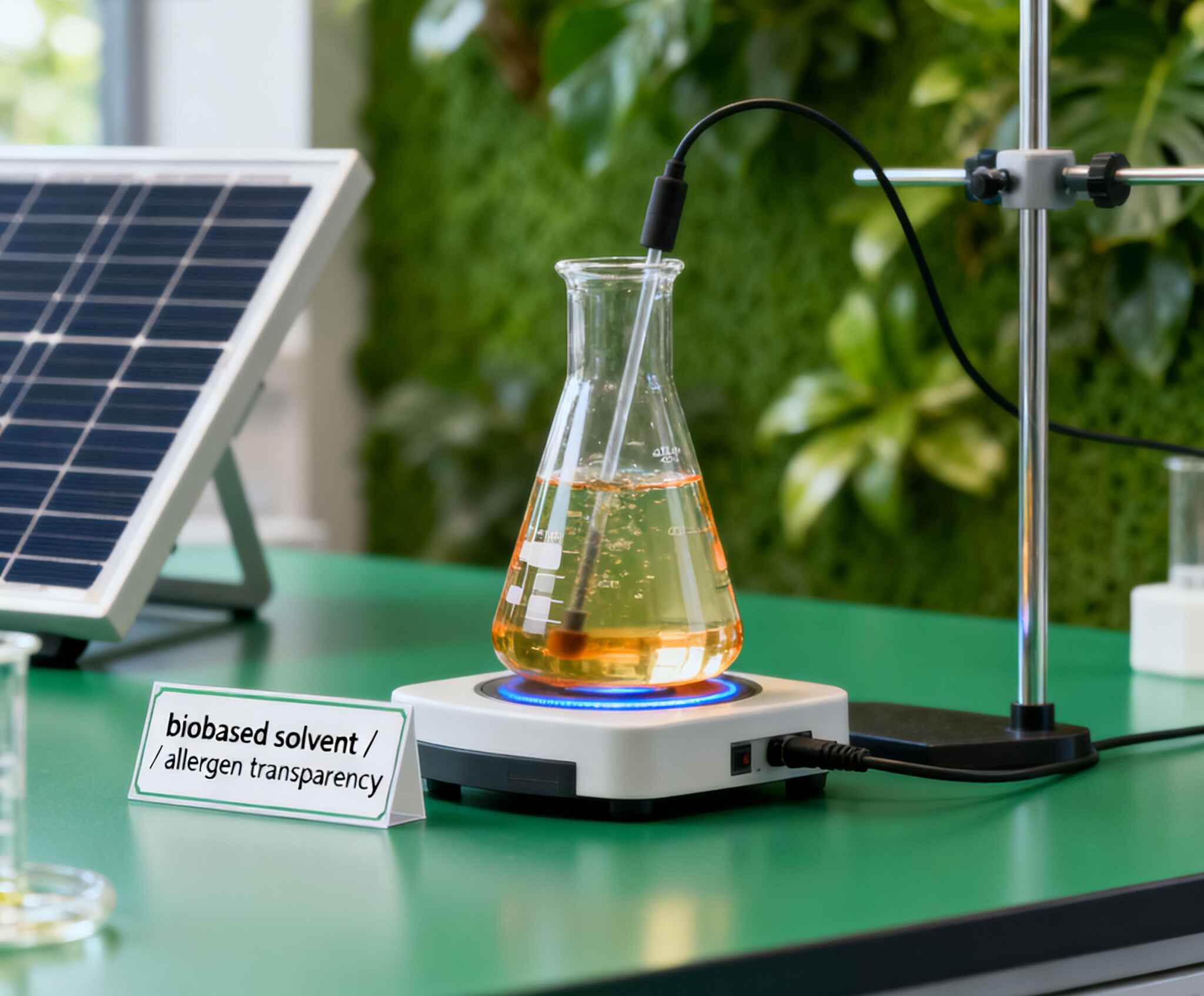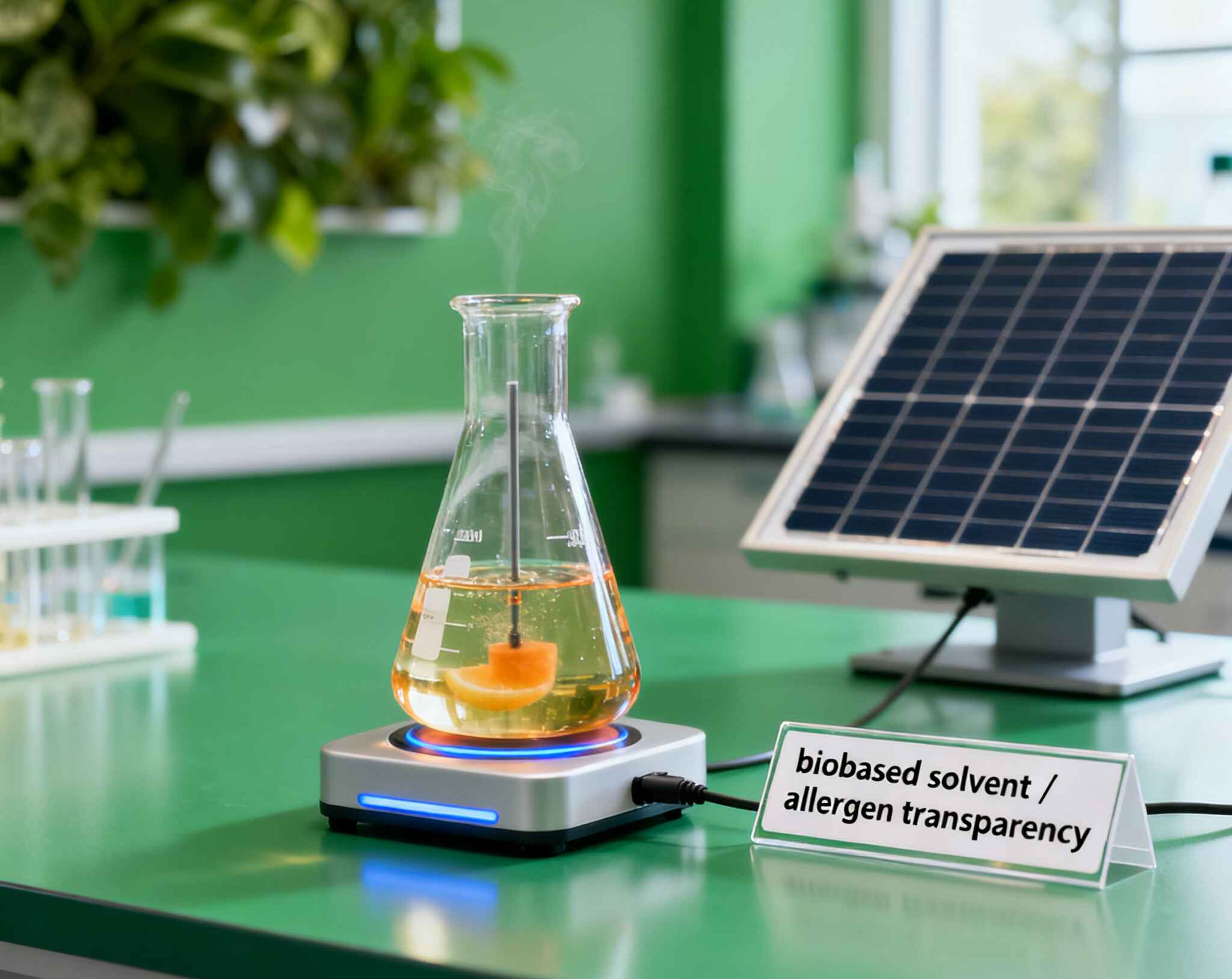



You want rooms that smell clean but don’t punch the planet. Fair. Let’s talk how fragrance oils actually fit into eco-friendly air care—without hype, with real standards, and with fixes you can ship this quarter.
Here’s the straight talk. As tailpipe emissions drop, VCPs—volatile chemical products like air fresheners, cleaning sprays, candles—matter more for city VOCs. Air care isn’t the villain, but it’s in the room. That means your choices on solvent, fragrance load, and diffusion method really count.
What to do now
Keyword reality check: VOCs, VCPs, indoor air quality, scent load, emission profile. No buzzwords, just stuff your auditor will ask.
Different formats behave differently indoors.
| Format | Typical Upside | Main Watch-outs | Quick Mitigation |
|---|---|---|---|
| Candle (scented) | Warm, emotional ambience | Combustion by-products; soot risk | Low-soot wick, validated wax system, lower load |
| Wax melt (scented) | Strong throw, easy swap | Ultrafine particle formation in some cases | Reduce terpene content; use low-temp warmers |
| Nebulizing diffuser | No flame, controllable dosing | Over-diffusion, nose fatigue | Timer curves, lower viscosity oil, smaller droplets |
| HVAC scenting | Even coverage in large spaces | Over-scenting public areas | Zoning + ppm targets + occupancy triggers |
Want a deeper dive on devices and oils? See our Air Care fragrance guide.

Eco claims don’t float without compliance. Two anchors:
Why you care: These frameworks keep you off the recall list and help you design just-enough scent. Less over-formulation, fewer headaches (literally).
Industry shorthand you’ll hear (and should use)
IFRA Cat limits, QRA2, 51st Amendment, dermal sensitizer, aquatic toxicity, BCF, NOAEL, SCCS allergens, IFRA certificate, SDS/COA pack.
I’Scent ships IFRA Certificates per formula and full SDS/COA out of the box. Batch data lives in our ERP, traceable end-to-end.
Eco-friendly isn’t only what you add; it’s also what you refuse. Safer-profiled fragrance excludes problem classes (think CMR, PBT, respiratory sensitizers) and improves disclosure on potential allergens.
Moves that help
We support disclosure packs and market-specific label language. No fluff.
“Natural” sounds nice, but LCA says: source + process decide impact. Some naturals carry land-use or high extraction footprints. Some synthetics score cleaner because they’re efficient and consistent.
What to optimize
We run internal LCA screens and stability at 45 °C to avoid surprises in warehouse summers.
Short, not academic. Enough to satisfy your sustainability team and your QA lead.
| Topic | Specific Insight (qualitative) | Practical Meaning | Source Type |
|---|---|---|---|
| VCPs and urban VOCs | Consumer/air-care products now rival legacy sources in VOC contribution in cities | Reducing high-volatility fractions in oils and carriers matters | Peer-reviewed atmospheric studies |
| Indoor particles | Scented wax melts can generate more ultrafine particles than candles in some test setups; unscented doesn’t | Use lower-temp warmers; reduce reactive terpenes; specify max melt temp | Environmental health lab studies |
| “Green/fragrance-free” | Fragrance-free SKUs reduce VOC exposure vs. fragranced variants | Offer a fragrance-free or low-load option in sensitive channels | Exposure comparison research |
| IFRA/RIFM | Category caps and risk assessment gate fragrance dose and ingredients | Stay within Cat limits; document compliance; avoid flagged materials | Industry standards & dossiers |
| LCA variance | Ingredient impacts vary widely by sourcing and process | Don’t say “natural = better” by default; compare real data | LCA and green-chem metrics |
No external links here by request. If your auditors need references, we can share the bibliography pack on demand.

Upcycling isn’t a slogan. It’s practical when:
We keep a bench of upcycled accords in our library. Ask your I’Scent PM for the short list that fits candle, diffuser, and HVAC use cases.

| Design Lever | How to Execute | What Customers Feel | Ops/Business Value | I’Scent Support |
|---|---|---|---|---|
| Lower VOC footprint | Reduce volatile carriers; dose-down with fixatives | Fresher air, still scented | Fewer complaints; easier multi-market approvals | Library of low-volatility bases; fast sampling |
| IFRA compliance | Map end-use to Category; cap at QRA-based limit | Safe for skin contact scenarios | Lower regulatory risk | IFRA certificates per batch |
| Allergen transparency | Label key allergens; offer fragrance-free SKU | Trust and opt-in | Opens sensitive channels (schools, healthcare) | Label packs and alt formulas |
| Upcycled inputs | Citrus peels, wood by-products | Story with substance | PR without greenwashing | Ready-to-brief accords |
| Device + oil tuning | Timer curves; droplet size control | Steady scent, less “cloud” | Lower consumption | Hardware partners + calibration tips |
| Stability by design | 45 °C, freeze/thaw tests; antioxidants | No weird notes in summer | Fewer returns | In-house stability lab |
I’Scent isn’t a marketplace. We’re a manufacturer with muscle and discipline:
If you’re building an air-care line, start here: